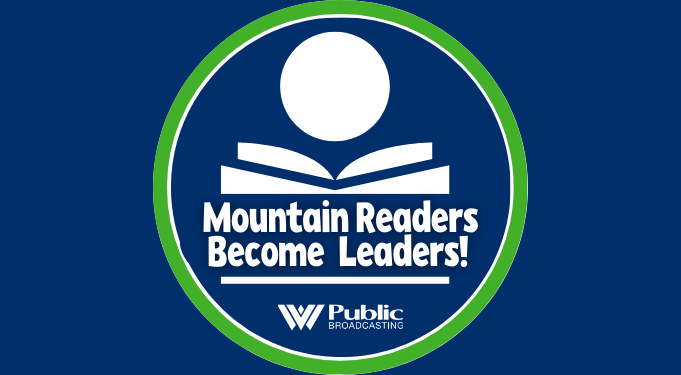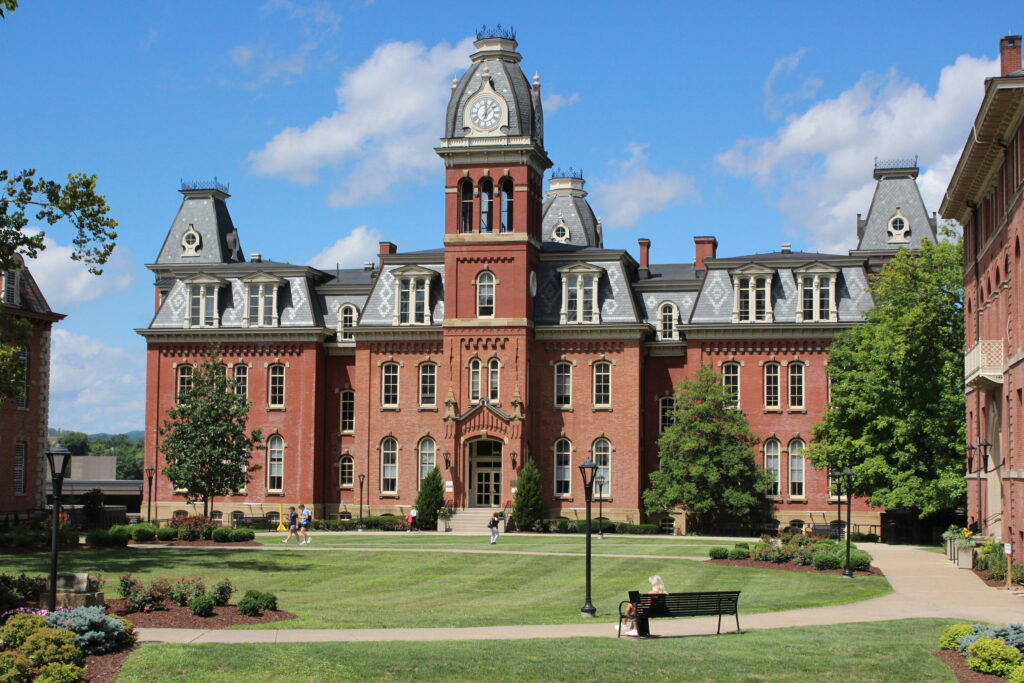Youth in rural communities are just as likely to exhibit risky behaviors as their urban and suburban peers but may have less access to help.
Kristine Ramsay-Seaner, West Virginia University assistant professor of counseling, spoke with reporter Chris Schulz about a coalition developing resources to change that nationwide.
This interview was edited for length and clarity.
Schulz: What constitutes risky behavior?
Ramsay-Seaner: Risky behavior can be such a broad term. When we typically think of risky behaviors, I do think our minds go to substance use. But what we are talking about, we’re trying to expand risky behaviors to behaviors that really do just put youth at risk. Whether that’s using pornography at a really early age or engaging in what’s known in the counseling field as non-suicidal self-injury, but we often refer to as self-harm. We even plan to talk about mental health. Mental health, in and of itself, is not a risky behavior. But there are risky behaviors that can go along with mental health, you know, whether that’s, again, the self-harm you may see going along with something like anxiety and depression, or even self-medicating.
Schulz: Can you tell me about the particular or unique need for addressing this issue in rural communities?
Ramsay-Seaner: Rural communities often struggle with being underserved. In a rural community, they may be sharing their 4-H agent with another county. They might even be sharing their school counselor with another school. And what that means is youth development professionals who work in rural communities, they see a lot, and they’re often asked to respond to a lot, but often due to the rurality, they may not be able to go to the same conferences, the same workshops. They may not be getting the same level of support, they may not even have the same amount of peers to consult with. So when we see these risky behaviors happening in rural communities, they often can just carry higher risk, in the sense of maybe this individual does need to be hospitalized, or needs to at least be evaluated for hospitalization, but the closest hospital could be a significant distance away. And I’m a youth development professional who wasn’t even trained in identifying suicidal behavior, or while I was trained to identify it, it’s very different to be trained and now to practice it.
So when we think about youth living in rural communities, they’re going to spend often, potentially more time online, because right, that’s where we can connect with people, that’s where we can reach out with people. But we may also just feel more isolated in our problems, because we may not feel like we have the same outlets to go to, that our urban peers have. And just for reference, nationally, we have just a significant mental health shortage. But in particular, we have a youth mental health provider shortage. All over the country, youth are existing on these wait lists just trying to get providers to see them. And there’s that’s no more relevant than in rural communities.
Schulz: Can you tell me a little bit about the collaboration between WVU and I believe it was Georgia and the Dakotas?
Ramsay-Seaner: Transparently, I moved to West Virginia University from South Dakota State University about a year ago. In terms of the University of Georgia, my colleague down there, whose name is Dr. Amanda Giordano, she’s also a counselor educator. And Dr. Giordano has done, actually, a lot of work in what we call process addictions or behavioral addictions. As opposed to substances, these are behaviors, think about like gambling. Dr. Giordano and I will bring the more mental health provider knowledge as two people who have been trained to be clinicians. And then in terms of South Dakota State University and North Dakota State University, they’re really bringing that adolescent piece, that extension piece, and that youth development professional piece. We’re putting together this knowledge of, I know what it means to train counselors, and you know what it means to either be a youth development professional or train a youth development professional. How can we all work together to make sure that this training meets the needs of a wide variety of providers who exist in these rural communities?
Schulz: Why is it so important to focus these resources on younger people?
Ramsay-Seaner: I think about what research shows is that early intervention prevention is really beneficial to long term prognosis. The earlier we can respond, the earlier we can provide services. Again, maybe we can even prevent some of these behaviors, or we can prevent them before they maybe increase in severity and concern. So if I can step in and sort of help you at 16, maybe I’m providing you with some of the skills and knowledge and some of the foundational pieces to help you so that when you’re 18 and you go away to college, maybe you are just more aware of binge drinking. Again. It’s not to say that an individual is not going to binge drink, but maybe now they understand even safer ways, if you are going to engage in some of these behaviors, how can I engage in them as safely as possible? That’s why we call it safety first, we really think about safety skills.
Schulz: What kind of resources are you developing? I know that you’ve discussed training, but what exactly are the resources that you’re developing?
Ramsay-Seaner: One of the things that we’re developing is a podcast, and Dr. Amanda Giordano is actually going to take the lead on that. The podcasts are going to be about 30-minute episodes, and they will focus on how to respond to some of these behaviors, with expert feedback included. So Dr. Giordano plans to interview a wide variety of individuals related to some of the things that we’re going to talk about in our training. One of the places she’s identified is she really hopes to talk to someone from the FBI related to sextortion.
And then the training that we will actually develop will involve sort of a foundational overview of everything. It’s two hours. Maybe it’s the only one that you get to go to, but it provides you maybe just a wide variety of foundational information. And then we’ll have a training that’s focused specifically more on what we’re calling health risks, and then one that we are focused more on digital risks. And then the final piece that we’re really excited about is developing a training that provides just more skills. So like, yes, now you’ve learned about this. How do you actually respond to this? What’s the right way to ask some of these questions? What are things that we want to avoid? How do we get more comfortable as the individuals who often are being asked to respond to things that we maybe even weren’t trained in?
Think about the responsibilities placed on youth development professionals are just increasing as society changes, right? I’m of the “Truth” generation. I really remember those anti-smoking campaigns. But we were talking about vaping, and now we’re talking about Zyns (nicotine pouches). So these things are changing so rapidly. How do we prepare you to respond to some of these things that you’ve maybe even never thought of before?
Schulz: If there’s anything that I haven’t given you a chance to discuss with me, or something that we have discussed that you’d like to highlight, please do so now.
Ramsay-Seaner: I think that it’s really important to provide more universal based trainings. And what I mean by that is a training that doesn’t target just a certain population. So we’re not just thinking about the kids who are already doing in-school suspension, or we’re not just thinking about the kids who maybe are involved in a juvenile drug court. We really want to think about all kids, and that’s why we really want to train a wide variety of youth development professionals and even potentially caregivers, because risky behaviors are not unique to one group.
If you use the internet, the reality is risky behaviors then exist, whether it’s even the fact that youth are often targeted for scams And I think you made this point of, so much of what we’re talking about is not just behaviors that youth could fall into, or youth could be at risk for. But the reality is, we as adults, I think, are sometimes prepared differently than we prepare youth, because we’re often caught off guard that youth are even experiencing some of these things. So we’re really excited to hopefully help professionals just feel like I feel a little bit more confident in doing this job. I feel a little bit more confident in serving the youth that I’m serving in my community.




















